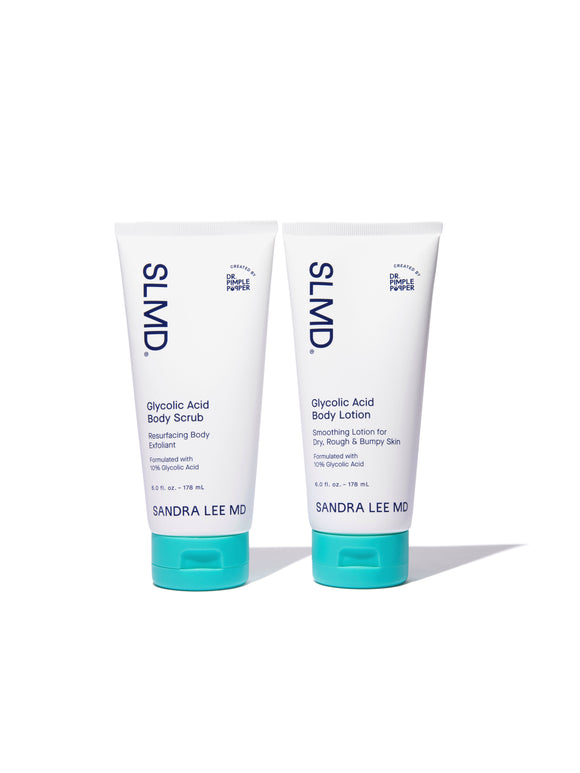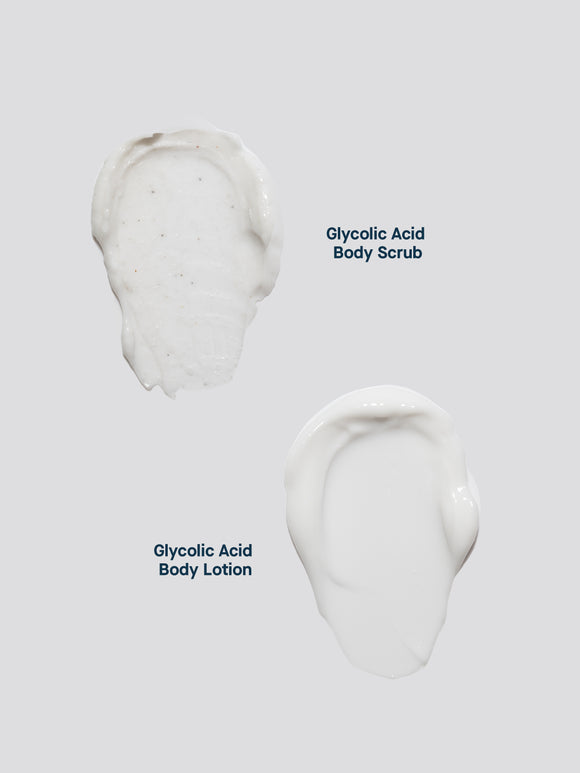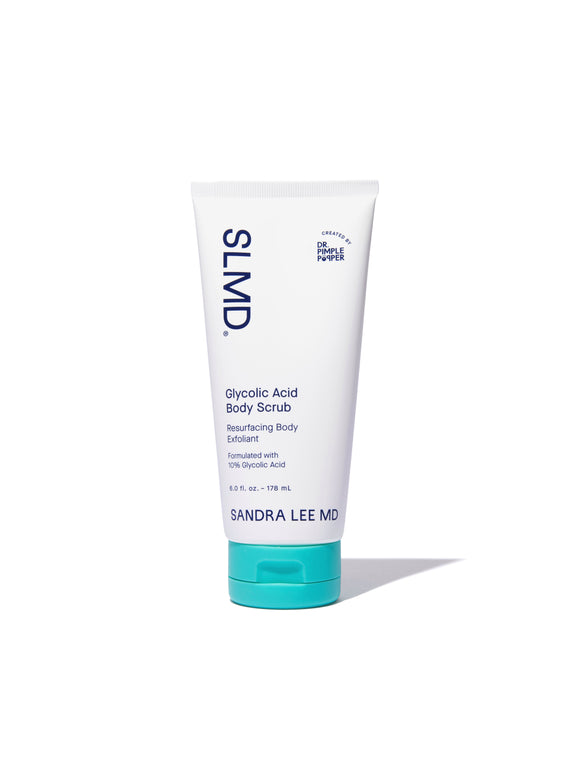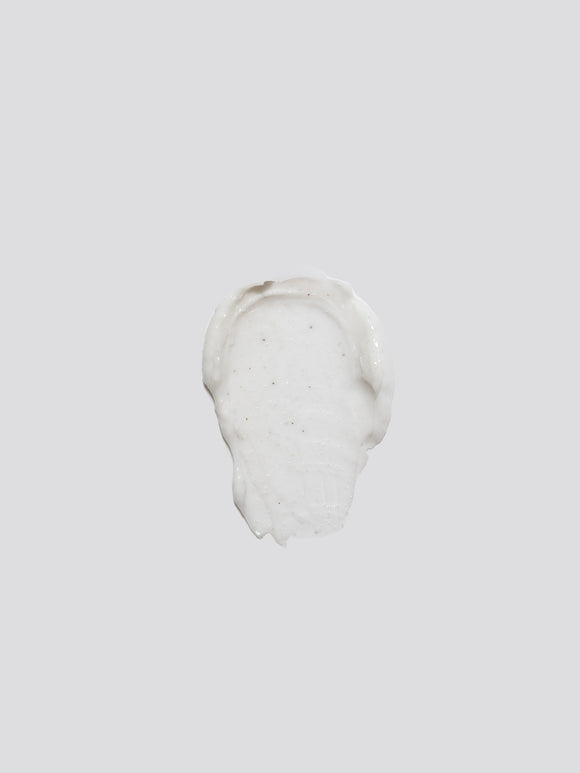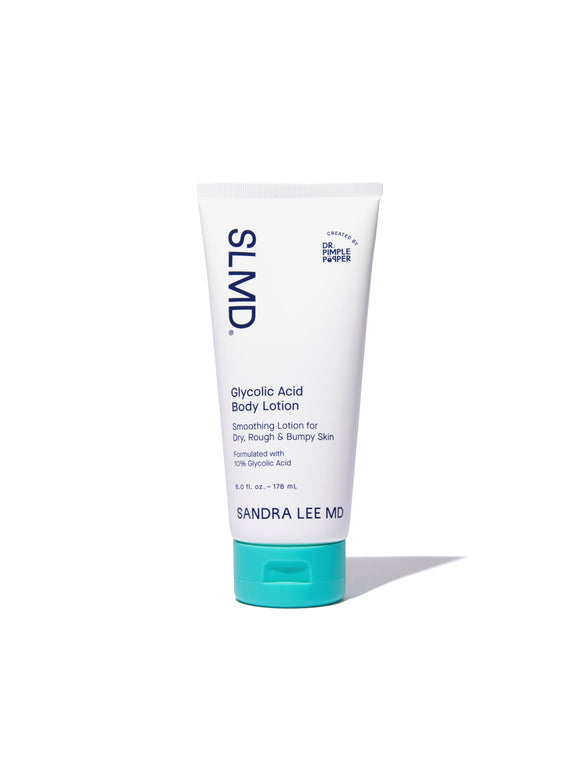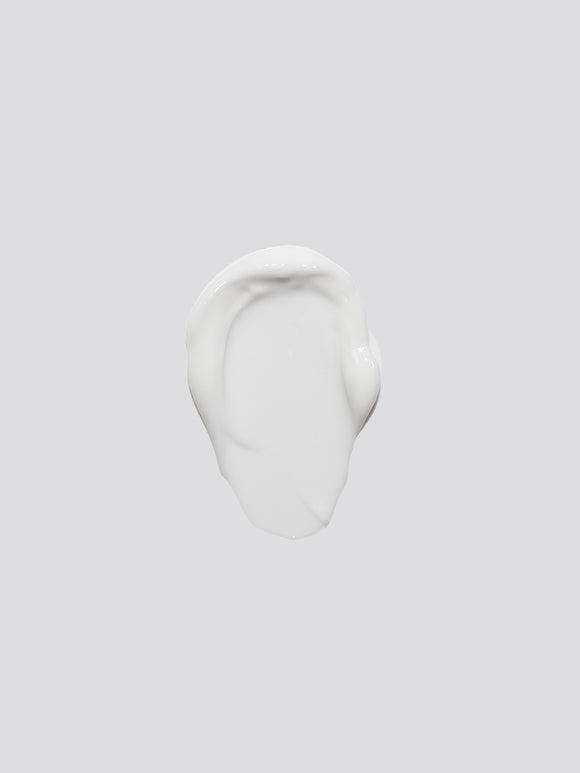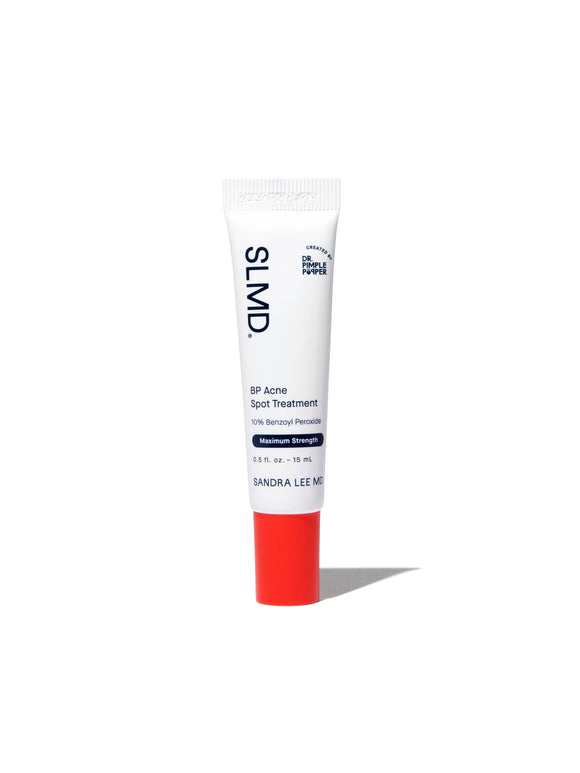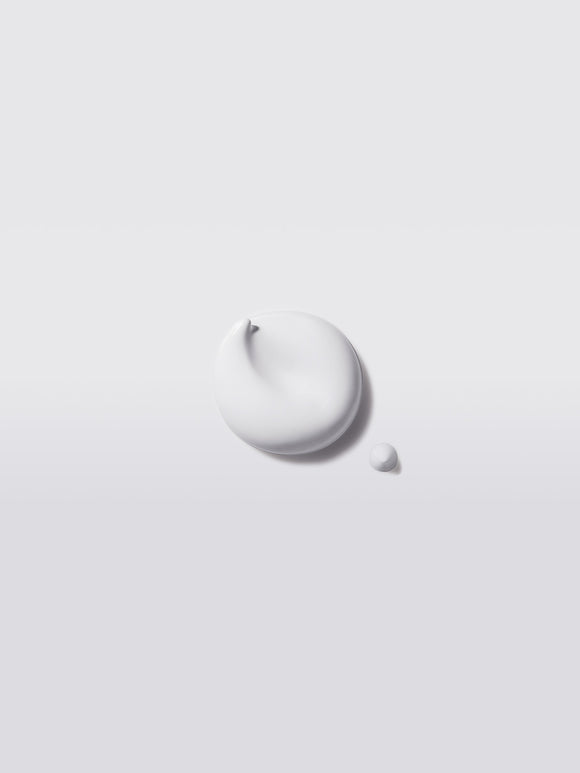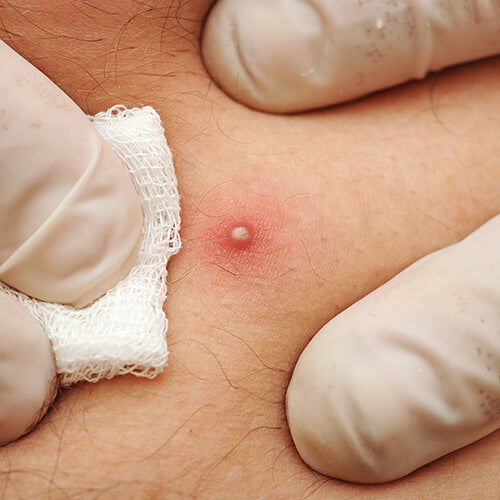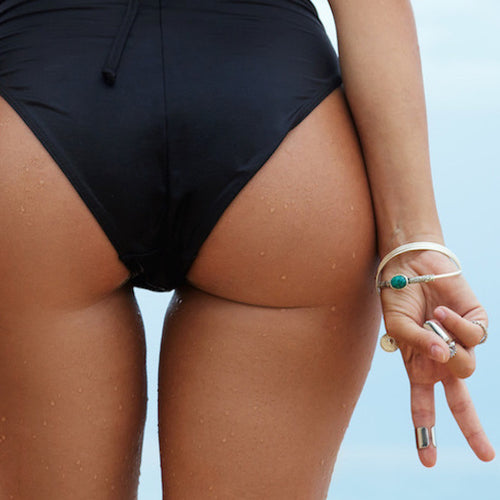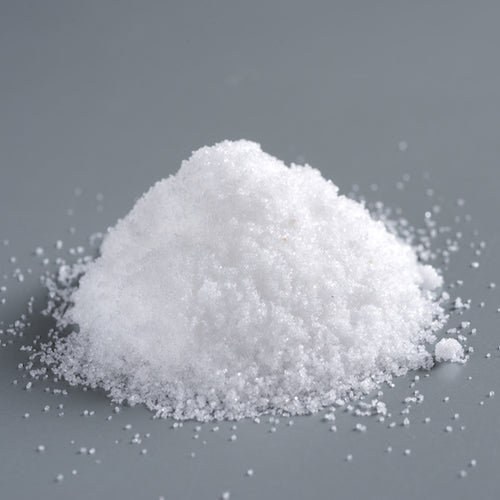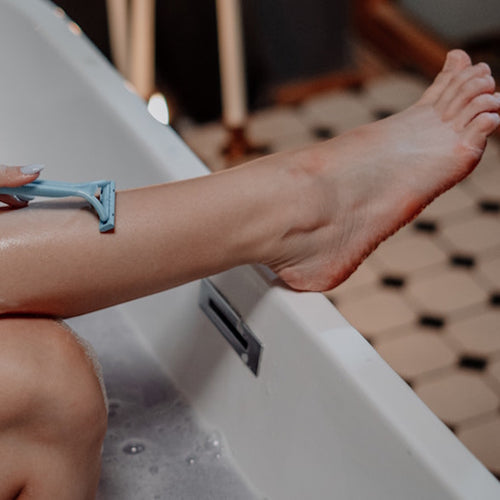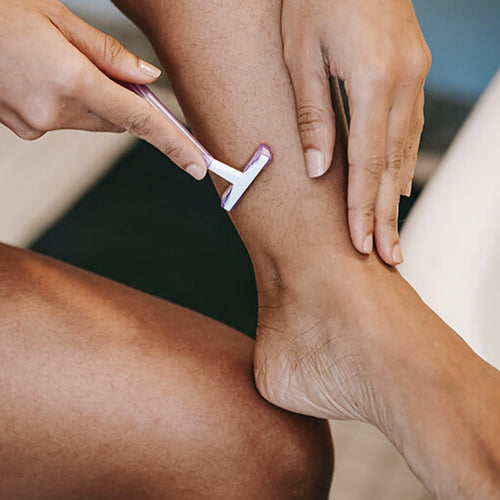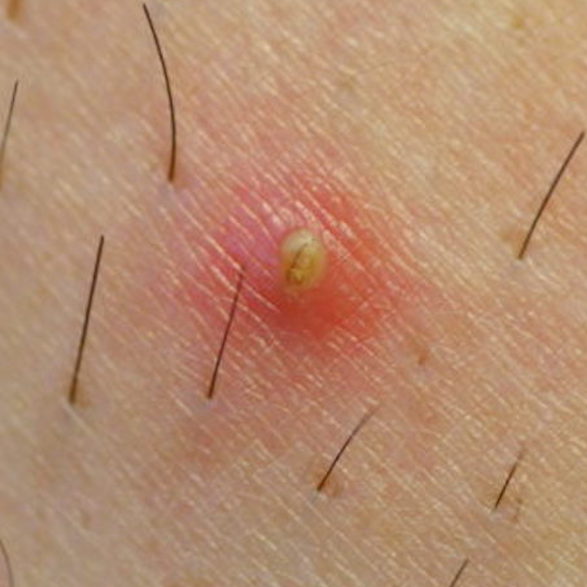
How To Treat & Prevent Ingrown Hairs
Everything you need to know about this extremely common — and treatable! — skin concern.
Published:
4 minute read
If you’ve ever shaved, waxed or plucked hair anywhere off your body, you’ve more than likely had experience with ingrown hairs. We're here to help you understand why you get them, how to treat them, and how to prevent yourself from getting them in the future.
Article Quick Links
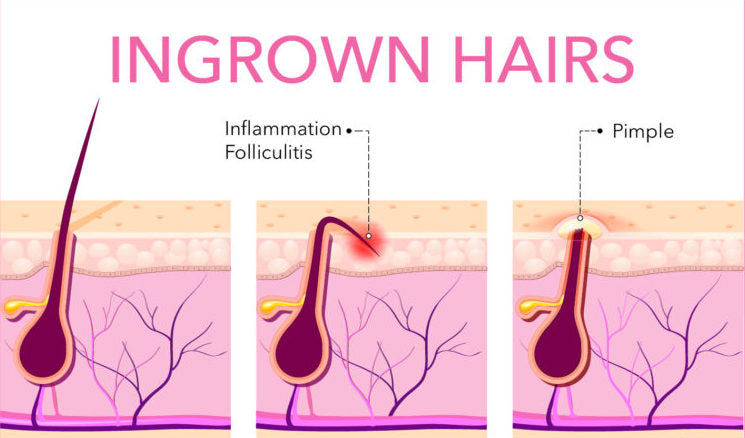
What causes ingrown hairs?
Ingrown hairs can happen to anyone, whether you’ve undergone some form of hair removal or not. However, people with very coarse or curly hair are more prone to getting pesky ingrowns, particularly if they shave. Why? Because when you shave, you’re cutting hairs off right above the skin, often at a slight angle that makes them sharper than normal. This can cause hairs to curl back into themselves, and then they start to grow again in that awkwardly curled position.
Instead of growing up and out of your skin as they should, these curled and newly sharpened hairs grow in a different direction — often directly back into your skin. When this happens, your body treats the ingrown hair as a foreign object that’s invading, and this is why ingrown hairs are very often found underneath some sort of pimple or inflamed area.
Ingrown hairs can also occur when hair follicles get clogged up with dirt, dead skin or oils. In this scenario, the hair inside the hair follicle is forced to grow sideways underneath the skin, rather than up and out of it.
How do I get rid of ingrown hairs?
Once you’re sure you’re dealing with ingrown hairs, you can proceed to treat them with the gold standard ingredient: glycolic acid. This alpha hydroxy acid is a superstar exfoliant — exactly what you need to treat current ingrown hairs and prevent future ones from forming. Because it's the smallest of the AHA's, glycolic acid is able to penetrate your skin cell walls and in turn, increase skin cell turnover — clearing away dead, damaged skin cells, and making way for new, healthy ones.
If your ingrown hair is painful and/or inflamed, you can also treat it with a bacteria-fighting ingredient like benzoyl peroxide. This will help kill bacteria and calm your skin's immune response to help speed healing.
Dr. Pimple Popper's Ingrown Hair Fixes
What treatment is best for ingrown hairs?
Dr. Sandra Lee (aka Dr. Pimple Popper) recommends using a combination approach when dealing with ingrown hairs. Use an alpha hydroxy acid (her pick is glycolic acid) regularly to keep skin smooth, and then use benzoyl peroxide if the ingrown hair becomes inflamed like a pimple. These are her picks from her SLMD Skincare line:
- SLMD Glycolic Acid Body Scrub is made with both physical and chemical exfoliants (finely ground volcanic ash + glycolic acid). Together, the ingredients in this scrub are ideal for treating ingrown hairs, along with bumpy rough skin, like keratosis pilaris.
- SLMD Glycolic Acid Body Lotion is the ideal post-cleansing follow up. It’s formulated with exfoliating glycolic acid plus niacinamide to strengthen the skin barrier. This hardworking duo is available together in SLMD Body Smoothing System.
- SLMD AHA/BHA Swipes are pre-loaded pads containing a potent combination of salicylic, glycolic and lactic acids that can be applied before and after shaving to help prevent hairs from becoming ingrown.
- BP Acne Spot Treatment contains maximum-strength benzoyl peroxide to eliminate bacteria, reduce redness, and calm inflammation.
Is it bad to pick ingrown hairs?
While there’s no judgment in dermatology, you can probably already guess that trying to extract your ingrown hairs isn’t the best idea. Sometimes it works, but other times tweezing does more harm than good — especially if the hair is deep under your skin. You might eventually get the hair out, but you can also unnecessarily damage your skin and introduce bacteria into a newly opened wound at the same time. If you get a pimple or an infection after pulling out an ingrown hair, it’s likely because you introduced contaminants into the skin with your fingers or tweezers.
If you really can't resist taking action, make sure that it really is an ingrown hair and not a normal pimple. If you can see the little hair root underneath, then you can move along to getting rid of it.
How to extract an ingrown hair
- Soak a washcloth in warm water and press it against the ingrown hair(s) for several minutes. This will soften the hair and the skin around it, and bring the hair to the surface of the skin.
- Using sterilized tweezers or a needle, gently work out the ingrown hair by its end. Try to avoid plucking the hair out completely while it’s under the skin — instead, just pull it to the surface.
- If you can’t easily remove the hair, don’t force it. Try using the warm compress again, or leave the hair alone (it’s a hard ask — but try).
Once you’re done, wash the area with warm water and a moisturizing soap. You can apply a bit of over the counter hydrocortisone cream, which will reduce redness and inflammation to soothe the affected area.
In some instances, tweezers or a needle are not viable options. When ingrown hairs grow sideways, underneath the skin, there often isn’t an opening or piece of hair above the skin for you to pull on. When this happens a dermatologist can make a tiny incision and pull the hair out safely.
How can I prevent ingrown hairs?
- Keep exfoliating. Not only does this prevent dead skin cells from clogging up the hair follicle, it also prevents hairs from growing down into the skin and becoming ingrown hairs.
- Shave properly. Not using a shaving aid, using a dull razor blade or shaving against the grain can cause unnecessary ingrown hairs.
They can be a literal pain, but remember: ingrown hairs are treatable and preventable.




